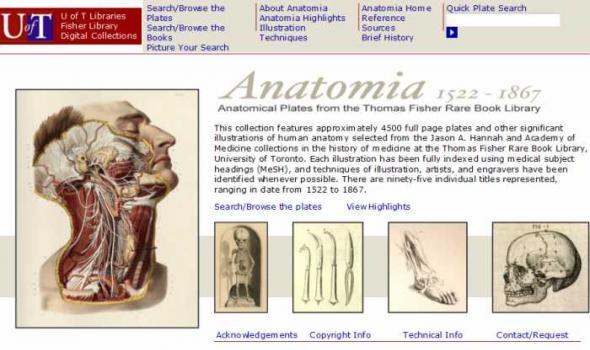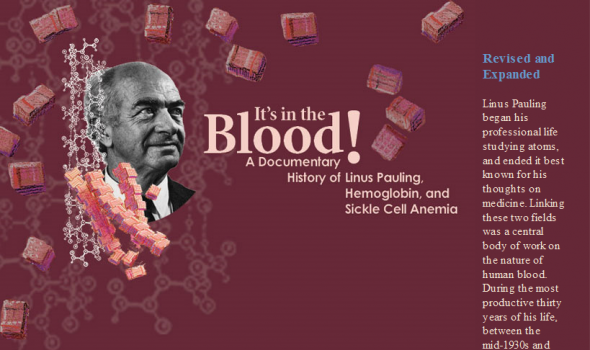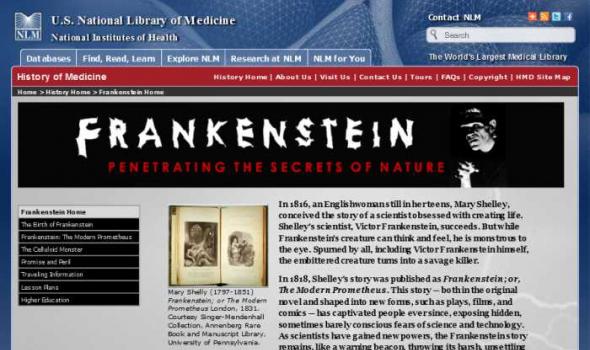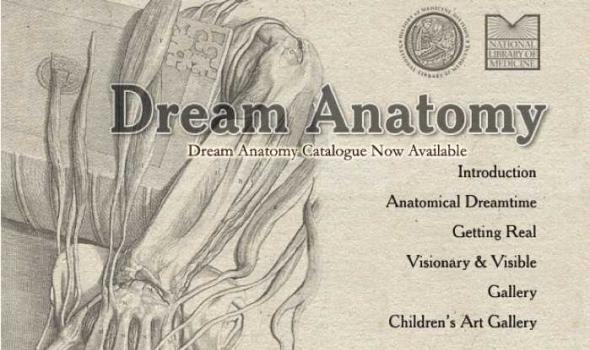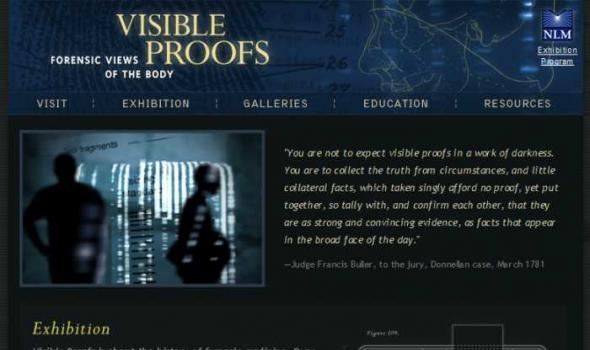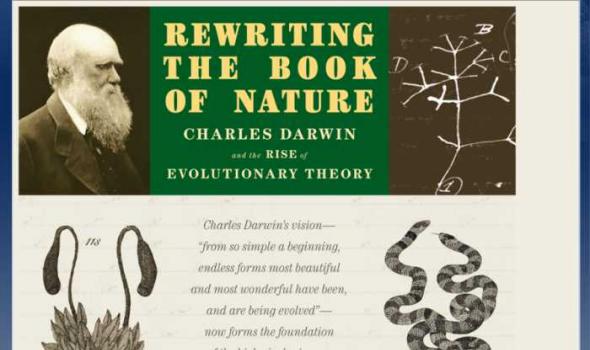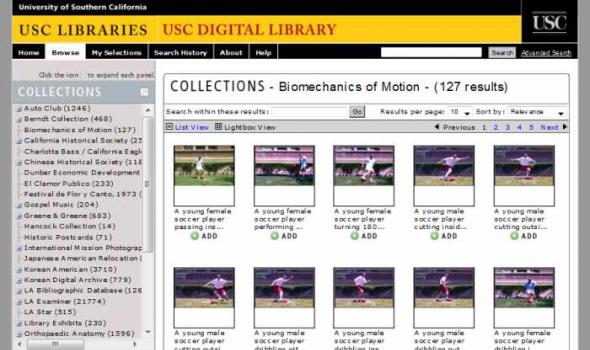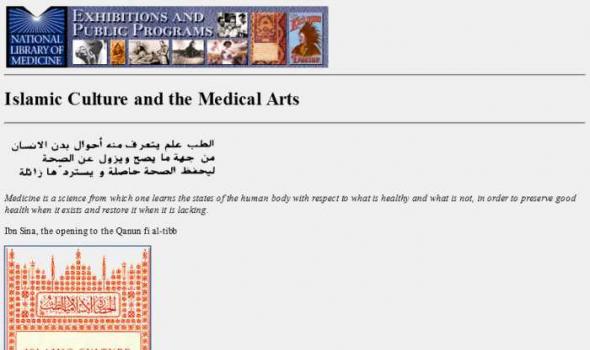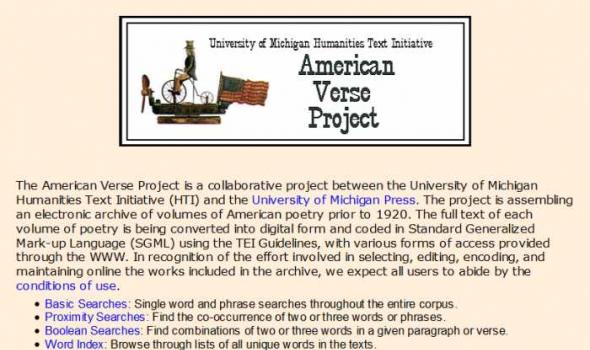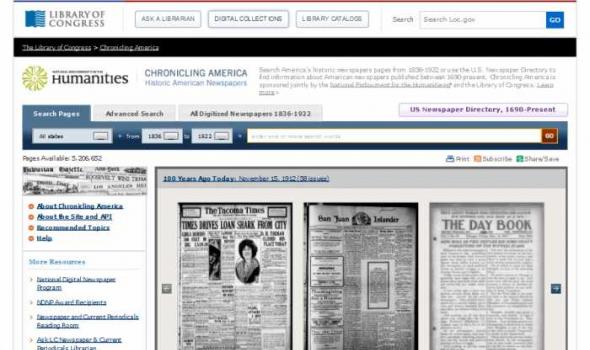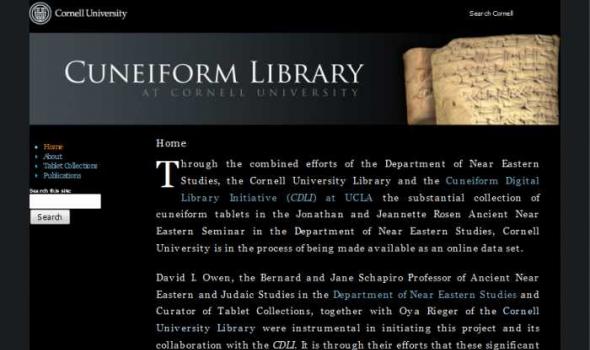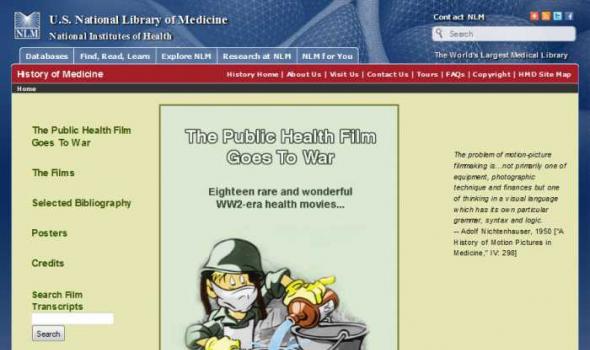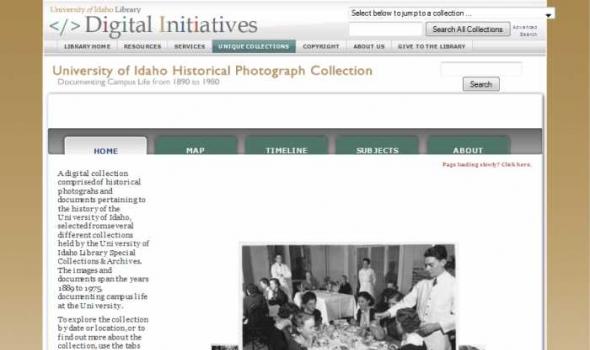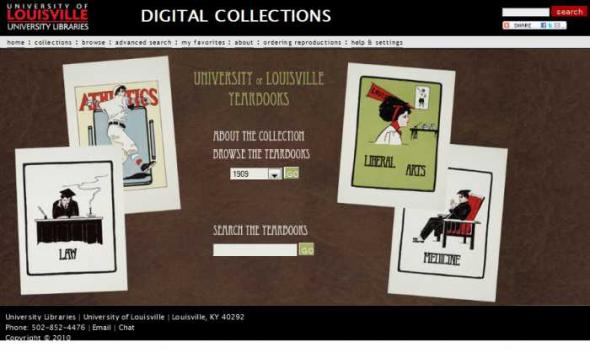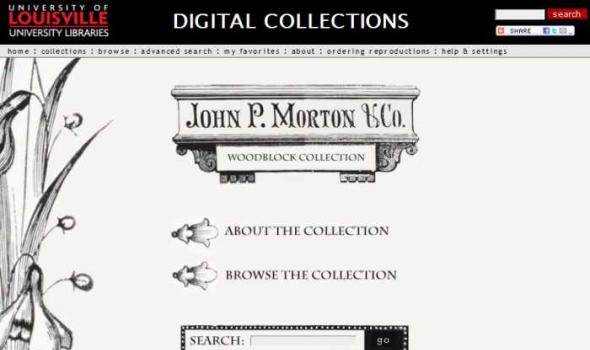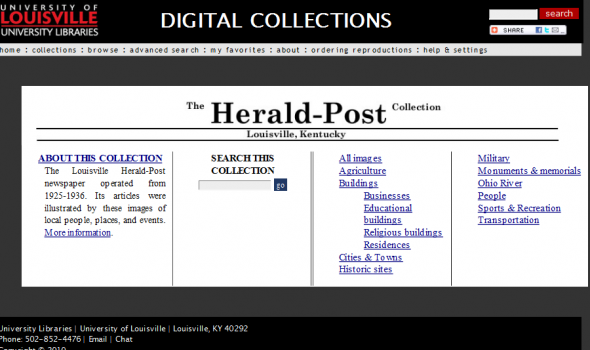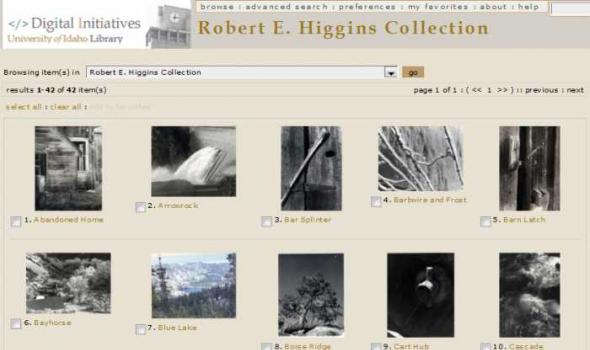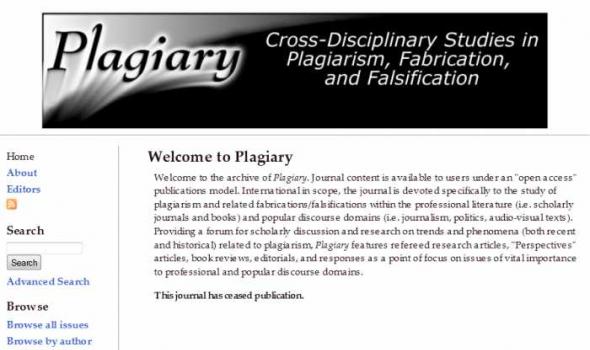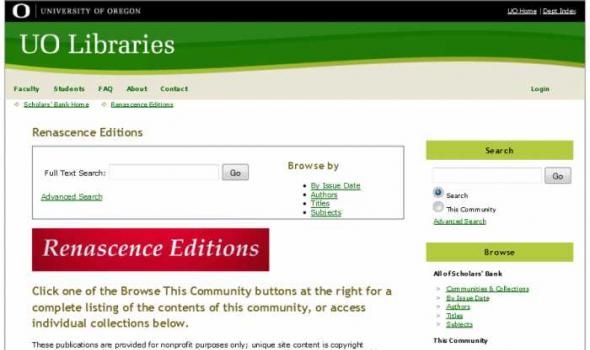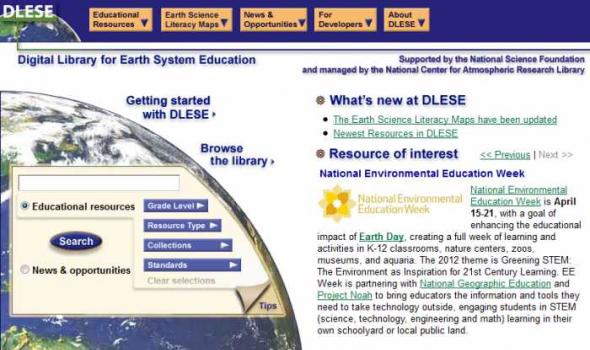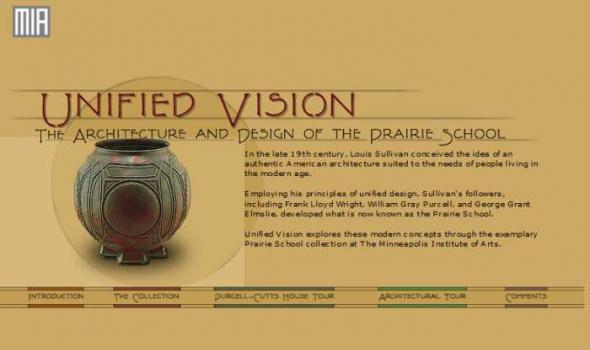Category: Anatomy & Physiology
Results
This collection features approximately 4500 full page plates and other significant illustrations of human anatomy selected from the Jason A. Hannah and Academy of Medicine collections in the history of medicine at the Thomas Fisher Rare Book Library, University of Toronto. Each illustration has been fully indexed using medical subject headings (MeSH), and techniques of illustration, artists, and engravers have been identified whenever possible. There are ninety-five individual titles represented, ranging in date from 1522 to 1867.
The three sections of It's in the Blood! A Documentary History of Linus Pauling, Hemoglobin and Sickle Cell Anemia work together to provide an unusually rich source of information on Pauling's work in blood biochemistry and molecular disease. Navigate between the sections by using either the links on the site's home page or the links at the top of any page within the site. Narrative - The first section tells the story of Linus Pauling's research into the nature of human blood.
History of Medicine In 1816, an Englishwoman still in her teens, Mary Shelley, conceived the story of a scientist obsessed with creating life. Shelley's scientist, Victor Frankenstein, succeeds. But while Frankenstein's creature can think and feel, he is monstrous to the eye. Spurned by all, including Victor Frankenstein himself, the embittered creature turns into a savage killer. In 1818, Shelley's story was published as Frankenstein; or, The Modern Prometheus . This story — both in the original novel and shaped into new forms, such as plays, films, and comics — has captivated people ever since, exposing hidden, sometimes barely conscious fears of science and technology.
Introduction: Dream Anatomy The interior of our bodies is hidden to us. What happens beneath the skin is mysterious, fearful, amazing. In antiquity, the body's internal structure was the subject of speculation, fantasy, and some study, but there were few efforts to represent it in pictures. The invention of the printing press in the 15th century-and the cascade of print technologies that followed-helped to inspire a new spectacular science of anatomy, and new spectacular visions of the body. Anatomical imagery proliferated, detailed and informative but also whimsical, surreal, beautiful, and grotesque — a dream anatomy that reveals as much about the outer world as it does the inner self.
The History of Medicine Division of the National Library of Medicine has a rich collection of illustrated anatomical atlases dating from the 15th to the 20th century. The Historical Anatomies on the Web Project has been designed to broaden access to this collection by providing high-resolution downloadable scans of selected important images from the atlases. Atlases and images have been chosen for their historical and artistic significance by the project's content coordinator, Michael North. Important images may be omitted if the atlas is damaged or fragile, or if the work is bound in such a way as to impede high quality scanning. A priority has been placed upon scanning the earliest and/or the best edition of a work in Library's possession. The scans generally omit text.
Exhibition We, the living, instinctively recoil in the presence of death. Whether the deceased is a beloved, a friend, or a stranger, the shock of death's finality registers. When a life is unexpectedly extinguished, we need answers and seek the cause. Today, this need is addressed in police investigations, laboratories, courtrooms, and all of the venues in which scientific medicine interacts with the law—the field of forensics. Visible Proofs is about the history of forensic medicine. Over the centuries, physicians, surgeons, and other professionals have struggled to develop scientific methods that translate views of bodies and body parts into "visible proofs" that can persuade judges, juries, and the public.
History of Medicine Introduction The horse has been one of the most important animals throughout human history, and healing horses has had an important place in veterinary and medical literature. Theories about equine physiology and health often mirrored theories about humans, and the literature of both was inherently linked. Bloodletting, astrology, and ancient texts were used by both physicians and veterinarians to heal their patients, and many discoveries, including the circulation of the blood, developed in tandem. The Hippiatrica: Ancient Texts Medieval and Renaissance veterinary medicine looked to ancient veterinary texts for its inspiration, just as physicians for human healing did.
History of Medicine Home > From 'Monsters' to Modern Medical Miracles Home > Embryology and Classification of Conjoined Twins Embryology of Conjoined Twins Identical twins develop when a single fertilized egg, also known as a monozygote, splits during the first two weeks of conception. Conjoined twins form when this split occurs after the first two weeks of conception. The monozygote does not fully separate and eventually develops into a conjoined fetus that shares one placenta, one amniotic sac, and one chorionic sac. Because the twins develop from a single egg, they will also be the same sex. The extent of separation and the stage at which it occurs determine the type of conjoined twin, i.e., where and how the twins will be joined.
History of Medicine Rewriting the Book of Nature Charles Darwin and Evolutionary Theory Charles Darwin’s vision—“from so simple a beginning, endless forms most beautiful and most wonderful have been, and are being evolved”—now forms the foundation of the biological sciences. Radical in sweep, Darwin’s idea of naturally innovating and endlessly changing webs of life undercut all previous sciences. Darwin was instantly seen as a potent sign of a new science, a new way of conceiving the world. His theory was an immediate threat not just to those who were wedded to an older conception, but to all who relied on a given and settled order for meaning and for power.
History of Medicine Charlotte Perkins Gilman writing at her desk, ca. 1916-1922 Dr. S. Weir Mitchell, author and physician, 1906 Charlotte's doctor, nerve specialist Dr. S. Weir Mitchell, had built an eminent medical career working with soldiers injured during the Civil War. He then focused on the treatment of women with nervous exhaustion, devising a “rest cure” in which the patient was not allowed to read, write, feed herself, or talk to others.
- Biomechanics of Motion Collection Description The purpose of this Biomechanics of Movement collection is to create a structure and a web based user interface for researchers and students to access and utilize video clips of human movements. This interactive digital archive resource provides a mechanism for bringing together engineers, animators, computer scientists, and kinesiologists to collectively solve meaningful real world problems fundamental to functional movement. This digital collection of movement video clips is created by members of the USC Biomechanics Research Laboratory in collaboration with USC Libraries. CITE AS: Creator. Title. Date. From the Biomechanics of Motion Digital Archive. Digitally reproduced by the University of Southern California Digital Archive.
